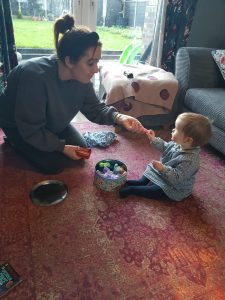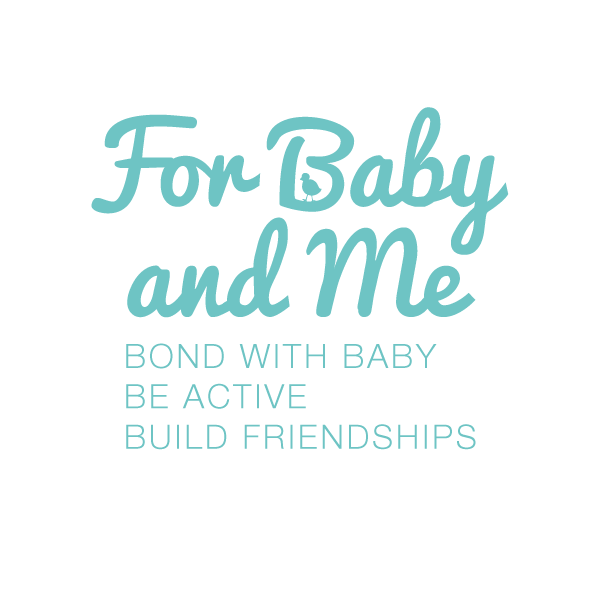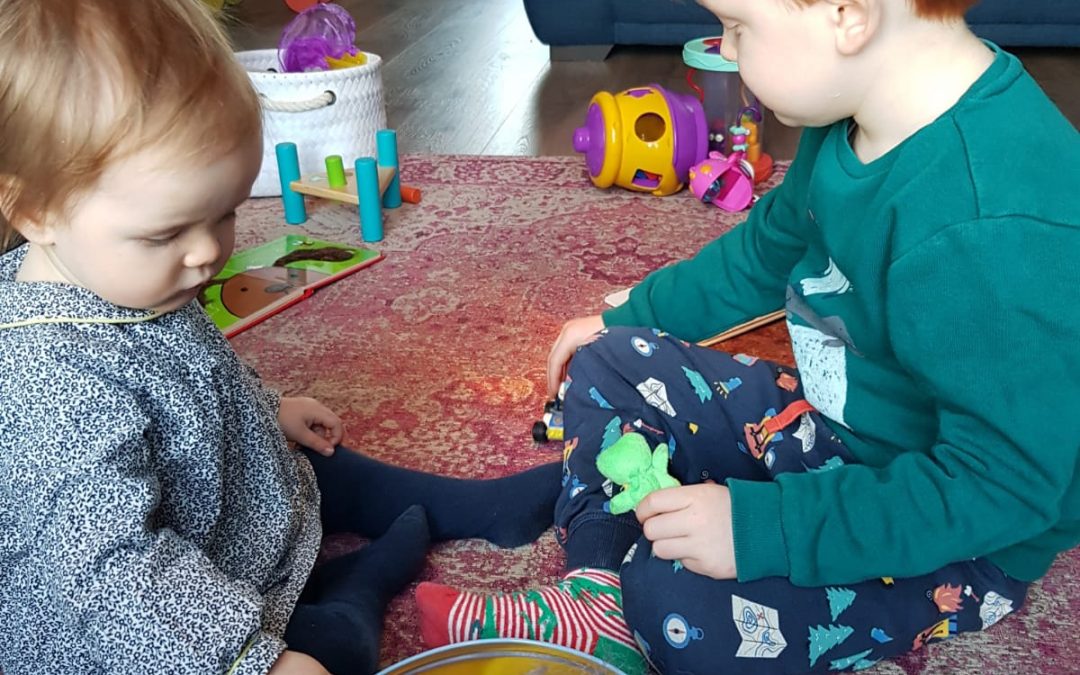Objects are a great way to support a baby’s communication. Before we even get to the words, we need to develop the ‘foundations’ to communication. We build the ‘foundations’ to communication throughout the day through parent-child interaction and play. The foundations include eye contact, gestures, facial expressions, sounds, turn taking.
Objects can be used in a variety of ways, from supporting a child to understand (for example showing them a nappy to let them know it is time for a bum change), to offering choices (would you like the rattle or the bubbles?). Using objects alongside the spoken word throughout the day will help baby’s make the link between what’s happening and the language you are using. Another benefit is that when children are being exposed to words, we may have more than one word to refer to an item. Ever read Dear Zoo? I always say it’s a puppy at the end but my partner says dog. How confusing must this be for an 11 month old? But by having that visual there she is able to map both words on to this item.
Alongside the day to day parent-child interaction, it is sometimes nice to set up a more structured activity to support communication. This gives parents a focus and baby 1:1 time with no distraction. It’s important to have a good communication environment – knock the background noise off and put your phone in the kitchen! This is also a lovely activity if there are siblings around, as it can incorporate turn taking and waiting. It’s never too early to introduce nursery rhymes – they’re familiar, comforting and nostalgic for many of us. Baby’s love sing song intonation, and nursery rhymes incorporate gestures and exaggerated facial expressions.
Have a look around your house and see what items you have, the objects don’t necessarily need to relate to the song. It’s about teaching the baby that what the object means, and make sure that everyone in the house knows this too! This is what’s in our box:
- Glow in the dark star – Twinkle Twinkle
- My little pony – Horsey Horsey
- Cotton spool– Wind the bobbin
- Boat (bath toy) – Row Row
- Peter Rabbit teddy – Peter Rabbit song
- Toy bus – Wheels on the bus
- Rubber duck – 5 Little Ducks
You really can use anything that vaguely represents the nursery rhyme! I had sparkly material for twinkle Twinkle until a star fell off my son’s bedroom wall.
You can keep these items in a bag, box or even just a pillow case. There are 2 ways you can do this activity and it is all dependent on your baby, what feels right and what stage they are at. Remember baby’s love repetition, so it might be worth starting with 2 or 3 objects/songs. Little and often is always key…if baby loses interest after the first song, that’s totally fine! Go at their pace.

- Select an object and sing the song. Once baby is familiar with the objects allow them to select one out of the box if they are a little older. This is when siblings can get involved and have a turn. It’s nice for them to be able to hold the item and explore it.
- Another approach is selecting 2 items and holding them up to baby and see if they make a choice. This is better with older babies and ones transitioning to toddlerhood. They may make a choice by a look, a point or a reach. Remember to always use the word alongside the object. Label it when showing them, “twinkle twinkle or row row” , and when they have selected “wow! lets sing row row”. With choice making it’s important to give baby time to respond, they’re just learning and have been presented with a lot of information!
Finally, the most important thing is to have fun with your little one!
Thank you to Jo, a Speech and Language Therapist and mummy to Arthur & Hattie for writing this guest blog

